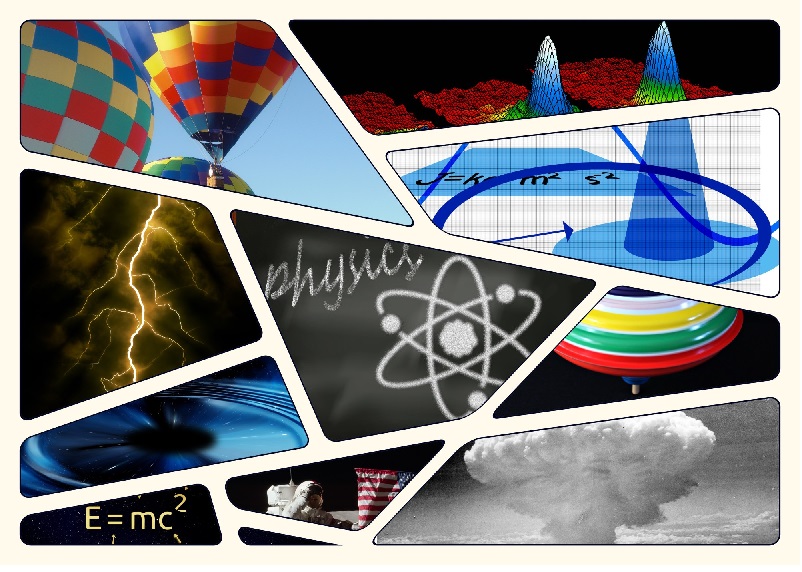

Mushroom clouds. Explosions. You’ve heard of how powerful atomic bombs are.
But how much do you know about their origins?
So many important discoveries made the Manhattan Project possible, and Enrico Fermi was a vital contributor to this host of knowledge. Read more below about this scientist’s hand in the modern nuclear age.
Contents
Enrico Fermi was an Italian physicist in the early 1900s who made important discoveries that led to the development of the atomic bomb. He later applied for American citizenship near the end of World War II.
Fermi began studying physics as a young student with great aptitude in his early teens. The death of his brother inspired him to pursue his studies even more, and he earned a scholarship. After his studies, he became a physics professor in Italy.
Among many other nuclear discoveries and achievements, Fermi is the 100th element’s namesake (Fermium).
In 1934, Fermi discovered almost every atom could undergo a transformation. A few years later, he won the Nobel Prize in 1938 for his work with slowing down neutrons. This discovery led to the discovery of nuclear fission as well.
Fermi’s Nobel Prize gave his family an excuse to leave Italy just before WWII when Jews were hated and in danger. They went to Sweden for the awards ceremony, and they went on to America, instead of back to their homeland.
In New York, while teaching as a professor at NYI, he was the first man to create a nuclear reaction. Fermi found that the emission of uranium atoms into other uranium atoms already fissioning could split the other atoms. He also was the first man to learn to control this reaction.
Fermi helped work on the CP-1 in Chicago, the first nuclear reactor.
During World War II, the fission-type atomic bombs that exploded at Hiroshima and Nagasaki showed Fermi the horrors that his discoveries could cause. He was against the idea of the hydrogen bomb because of its devastating effects, but he still agreed to join the Manhattan Project after the war.
Fermi worked alongside famous physicists like J. Robert Oppenheimer and Leo Szilard. You can read more about the other scientists here NU MAH.
He hoped he could prove that it wasn’t possible to build, even warning President Truman that it was a terrible project that he shouldn’t pursue.
Fermi hoped his contributions could help the world, like energy management, rather than destroying it. In 1954, he died of stomach cancer, his short 53 years ushering in amazing scientific advancements.
From his early discoveries and Nobel Prize to his work on nuclear reactors and the Manhattan Project, Enrico Fermi holds a prestigious place in the history of nuclear physics.
While he only got a glimpse of the impact these discoveries would have, today we know how staggering his work was.
If you like to read about science and education, read more on our blog.
The year 2020 and the pandemic threw a wrench into everyone's plans. Companies that were…
AI is successful in boosting the productivity of organizations while helping them save cost and…
Suppose you battle back discomfort or other associated ailments due to sitting for lengthy periods…
In November 2023, investor Maksym Krippa acquired the Parus Business Center, redefining the commercial real…
Programmers create computer programs, mobile solutions and also analyse the needs of their clients and…
A trip to Santiago is sure to be memorable by default as simply seeing this…